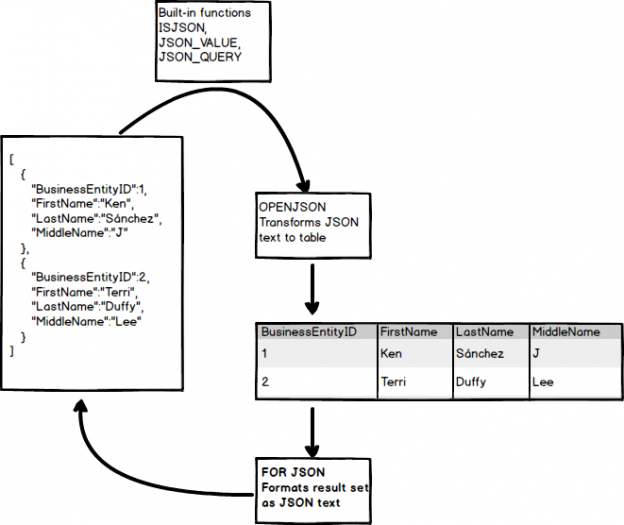
You need to send this information to your server. Let’s say you are collecting data of the user’s settings on one machine. That is why it is used to store and transfer data from client to server. Strings are better to use when trying to transfer data in a lightweight manner. We will explore how you can stringify and parse JSON in two different ways: Data transfer and storage becomes quite easy when you can convert JSON from object to string or string to object. Next, we will look at a couple of functions you can use with JSON. Remember to add an additional dot for each nested element. The key-value data appears in curly brackets.

This format allows you to perform data transfer between the server and the browser with relative ease. When in another format, it appears either as a JSON string inside quotes or as an object assigned to a variable. JSON can be used on its own or defined in another file format. You can get acquainted with the format’s general syntax and structure by following our tutorial: An Overview of the JSON Data Sharing Format. It is easy to read, extremely lightweight, and does not require much formatting. It also works with other languages like Python, PHP, Ruby, as well as Java. JSON mainly utilizes JavaScript as its primary programming language. It is a format designed to enable the sharing of different types of data.

JSON stands for JavaScript Object Notation. If you have prior experience programming with JavaScript, this should feel straightforward for you. In this tutorial, we will explore how you can use JSON in your JavaScript programs. Other useful applications include the ability to configure and verify data as well as generate data structures.

You can also use it to transfer data between clients, between servers, or from server to client. One of its most basic uses is storing data. There are many ways that JSON can be used in JavaScript.


 0 kommentar(er)
0 kommentar(er)
